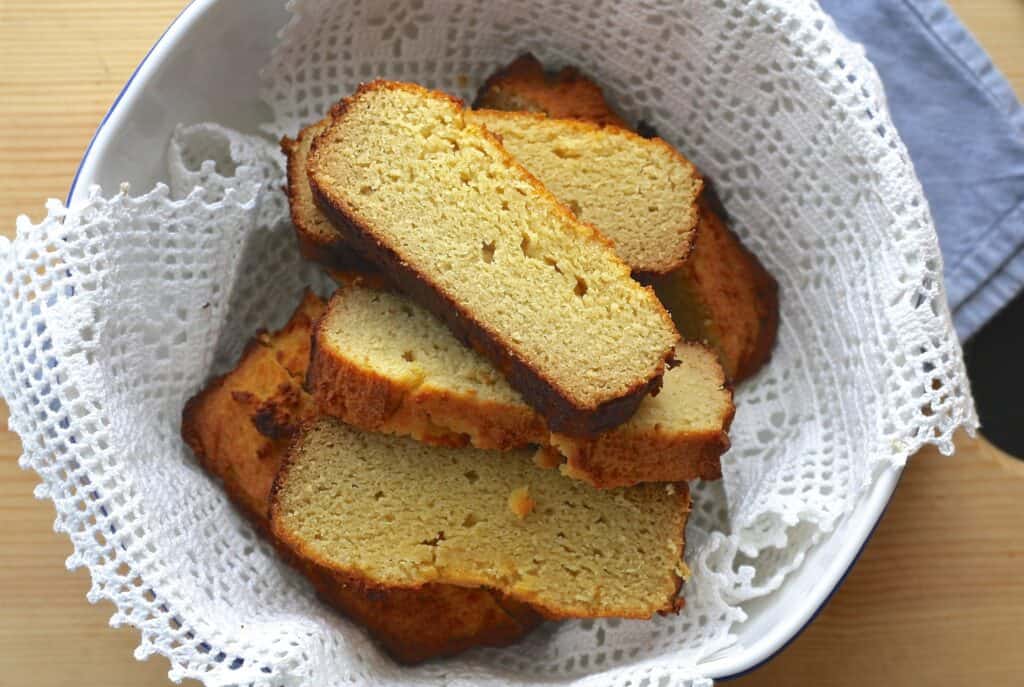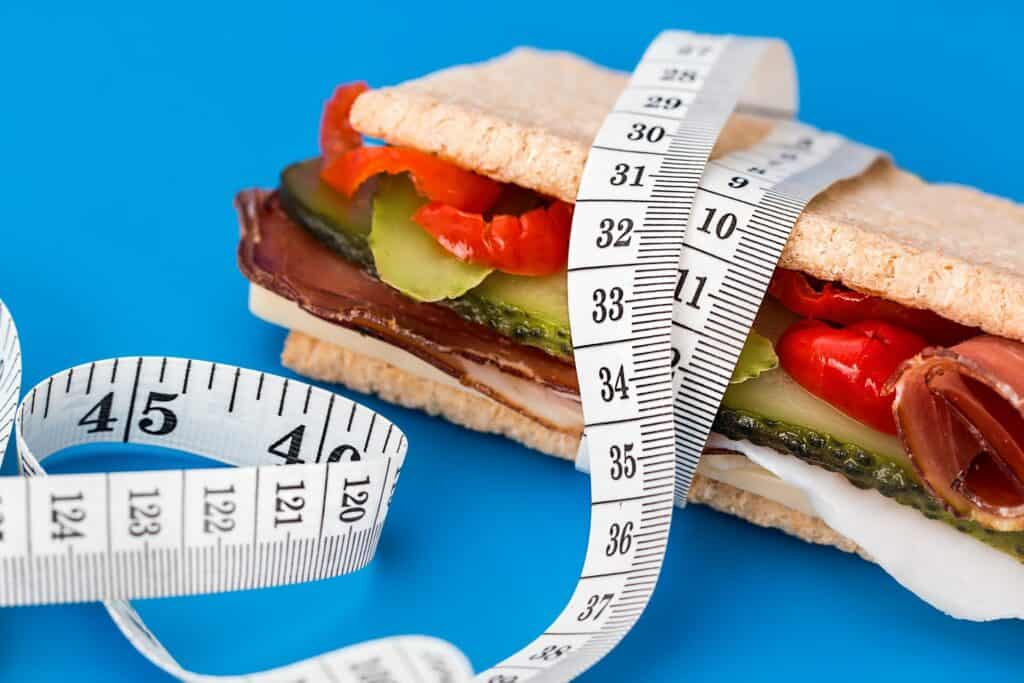If you are making something with gluten-free flour, you might be wondering about the nutrition compared to regular flour. Baking and cooking with gluten-free flour can be new for many people. Knowing the nutrition facts of something you’re eating is always important before diving in.
If you are on a special diet or have certain medical conditions, it’s also important to know the nutrition facts around gluten-free flour. This will ensure you are meeting your daily goals.
Gluten-Free Flour Nutrition: By the Numbers
The exact nutritional numbers may vary because gluten-free flours can vary quite drastically from each other. However, are the most common numbers when it comes to basic gluten-free flour:
This is for 0.25 cups of flour or 32 grams.
- Calories: 120kCal
- Total Carbs: 26 g
- Net Carbs: 26 g
- Sugar: 1 g
- Protein: 2 g
- Calcium: 40 mg
- Iron: 0.4 mg
- Sodium: 15 mg
Gluten-free flour is not a good source of fiber or fat. It’s also not a good source of Vitamin A or D. Keep this in mind when you are cooking or baking with gluten-free flour.

Is Gluten-Free Flour Healthy?
This really depends on what kind of gluten-free flour you are using and the recipes you are putting it in. If you are constantly making baked goods or other items that are high in sugar, you might find that no matter what gluten-free flour you use, you will be gaining weight.
Some gluten-free flours are much healthier than others including with ingredients such as quinoa, almonds, and beans. Many of these flours have several included benefits such as more protein, more fiber, more vitamins, and more minerals.
Choosing a gluten-free flour with one of these choices is a better idea than baking with refined white flour. These gluten-free flours also naturally have these vitamins and minerals rather than other commercial flour which has the vitamins enriched or added in.
Products with the vitamins naturally included are often more readily absorbed and easier to digest.
Are Additives Included in Gluten-Free Flour?
Xanthan gum is the most common additive when it comes to gluten-free flours. Gluten-free flour is often more crumbly and less sticky than regular flour. Gluten-free flour producers often add in xanthan gum because this additive allows the flour to bind together better.
This additive is not dangerous and is often added to many different kinds of food to improve texture. The exact additives you will encounter will depend on the flour you buy though. Some of more additives than others.
Always check the exact ingredients of any flour before you buy it. You should be able to tell by the ingredient list if there are additives and how many.
What you should be more concerned about are additives that contain gluten. If it’s especially important for you to eat gluten-free because of an allergy or intolerance, make sure you are only buying flours that are certified gluten-free.
You might not see gluten products on the ingredient list and think the food is safe to eat, only to fall sick within a few hours or days. It might be because you bought flour that was not actually gluten-free and that had gluten as part of its additives.
Here are some common additives to watch out for that contain gluten:
- Malt
- Cracker meal
- Groats
- Kamut
- Matzo
- Semolina
- Soy sauce
- Spelt
- Vital gluten
- Teriyaki sauce
These might not be common ingredients in the flour, but they might be called for in other areas of your recipe. Make sure to exclude them or substitute them so you or someone in your house doesn’t get sick.
Some other less common additives that can be found in flour include:
- Abyssinian hard
- Brewer’s yeast
- Cereal binding
- Cereal extract
- Dextrimaltose
- Dinkel
- Edible starch
- Einkorn
- Emmer
- Filler
- FuAbyssinian hard
- Brewer’s yeast
- Cereal binding
- Seitan
- Cereal extract
- Dextrimaltose
- Dinkel
- Edible starch
- Einkorn
- Emmer
- Mir
- Chilton
- Disodium wheatgermamido peg-2 sulfosuccinate
- Farina
- Roux
- Rusk
Becoming familiar with the potential additives that contain gluten is important. Many of them have long names, so it might be best to print a list to bring along with you to the supermarket or wherever you shop.

Does Gluten-Free Flour Help with Weight Loss?
There is currently no scientific evidence that a gluten-free diet is effective for weight loss. Switching all of your gluten snacks for gluten-free snacks will probably not have any effect on your waistline.
A gluten-free diet also doesn’t offer any added health benefits unless you have a specific intolerance or allergy that requires you to eat gluten-free. If you have a gluten sensitivity or celiac disease, eating gluten-free will alleviate many of the bowel symptoms you may be having. It will also decrease headaches and other health concerns.
If you think you have a gluten intolerance, you can try switching out your gluten foods for gluten-free alternatives and see if it makes a difference in how you feel.
If your main goal is to lose weight, you should consider cutting out foods that are high in carbs or high in sugar. This might include many processed foods, some of which might contain gluten-free flour or regular flour.
Exercising is also key to staying fit and losing weight.
Is Gluten-Free Flour Easy to Digest?
Some gluten-free flours are easier to digest than others. It will also depend on the fiber content and your overall diet. It might also depend on what you are cooking with as the recipe might have other ingredients or additions that are not easy to digest.
Gluten-free flours that are easiest to digest include:
- Quinoa
- Buckwheat
- Rice
- Oats
- Amaranth
Depending on where you live, you might need to be careful when eating oats. In many countries and food processing plants they are highly processed with gluten-containing grains and not suitable for those wanting to follow a gluten-free diet.
